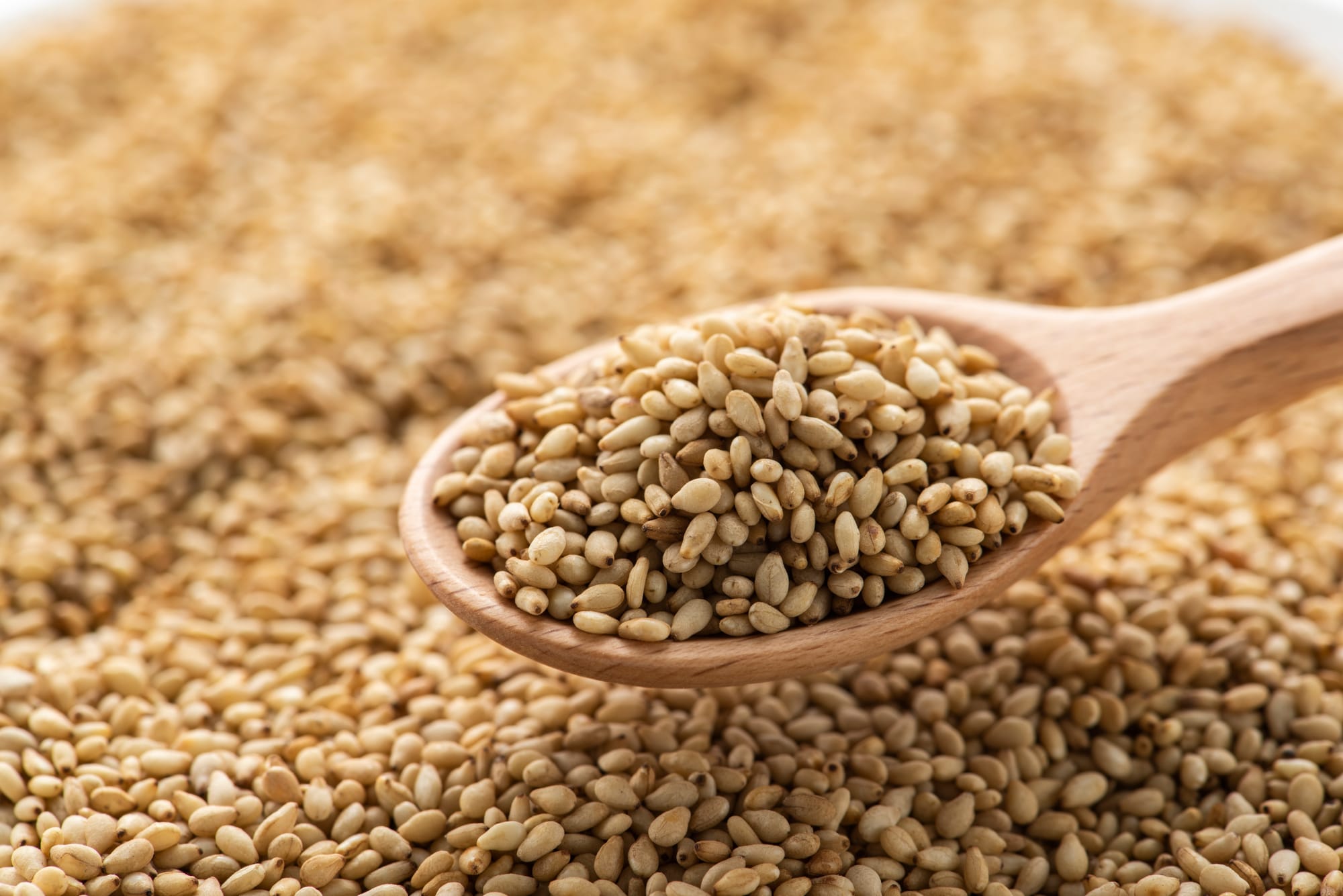Sesame sales surpass 2 million kg as international demand soars

Agriculture Reporter
FARMERS have sold 2 million kilogrammes (kg) of sesame seeds, with the Zambezi Valley catchment leading both the production and sales volume of the crop since the marketing season commenced mid-last month. This surge in sales coincides with calls from contractors advocating for an increase in production of the crop to meet the growing demand from international markets, with countries like Turkey, India and China topping the list. Sesame is increasingly recognised as a key export commodity with the potential to generate substantial foreign currency for Zimbabwe.
Statistics from the Agricultural Marketing Authority (AMA) show that 2 168 081 kilogrammes had been sold by July 1.Six contractors in the Zambezi Valley, namely Agri Upgrade, Blessed Destiny, CAG, Leafyard, Richand and Vislee have purchased 1 158 081 kg, representing a 53 percent market share.
Masvingo region ranks second with 671 000 kg, accounting for 31 percent of the market, while Manicaland follows with 39 000 kg, representing 2 percent of the total. T he Zambezi Valley trio of CAG, Blessed Destiny and Richand lead with 363 151kg, 312 930 kg and 275 000kg respectively. African Company from Masvingo is in fourth position at 220 000 kg followed by Leafyard with 172 000 kg and Richand with 155 000 kg.
AMA has registered 12 companies (Agri Upgrade, Blessed Destiny, CAG, Leafyard, Richand, Vislee, And Africa, Mahommed, Sesame for Life, Sesame Zimbabwe, BeiAgri and World Class as sesame buyers this year.
Following allegations of improper allocation of sesame licences to prospective buyers, AMA issued a regulatory circular on the production and marketing modalities of the crop whose exports rose by 1 033 percent last year as compared to 2023.The regulatory circular cited as the Agricultural Marketing Authority [Regulatory Circular on the Sesame Production and Marketing Modalities] Regulatory Circular Number 1 of 2025 applies to all registered sesame contractors, traders, processors and growers.
Also, all growers, contractors, traders and processors for sesame shall be registered in terms of the Agricultural Marketing Authority (Grains, Oilseed and Products) By-laws, Statutory Instrument 140 of 2013 as amended. A recent notice from AMA said the average price was hovering around US$0,70 per kilogramme when marketing started.
AMA acting chief executive, Mr Jonathan Mukuruba, said all producers, contractors and traders in sesame needed to abide by the rules and regulations contained in the Statutory Instrument.“During this marketing period, all contractors, traders, or processors shall file monthly returns for marketed sesame to the Authority. Penalties shall be invoked as a last resort, in order to enforce these regulations,” he said. Mr Mukuruba cautioned contracted farmers to sell to their contractors while self-financed growers are required to sell to any duly registered buyers in Zimbabwe, and to the best advantage.
To avoid side marketing and any illegal or unauthorised movements, AMA shall issue movement permits where buyers want to move sesame from one area to another. AMA will impose different levels of fines and penalties for non-adherence to provisions contained in the circular.
The second round Crops, Livestock and Fisheries Assessment report (CLAFA-2) 2024/25 summer season report revealed that sesame production was estimated at 20 667 tonnes. Statistics from the Zimbabwe National Statistics Agency (ZimStats) show the country earned US$1 524 766 in 2024 from the export of 1 304 500 kilogrammes of sesame at an average price of US$1, 17 per kilogramme.
If the current sesame volumes were exported at last year’s average price, the country would earn US$2,534 million, a 66 percent increase from last year’s earnings. Sesame seeds are used in a variety of ways, primarily as a culinary ingredient to add flavour and texture to dishes, and as a source of nutrients and health benefits. They can be eaten whole, ground, or toasted and are often used in baking, stir-fries, salads and various other recipes. Sesame oil is also extracted from the seeds and used in cooking and some traditional remedies.
